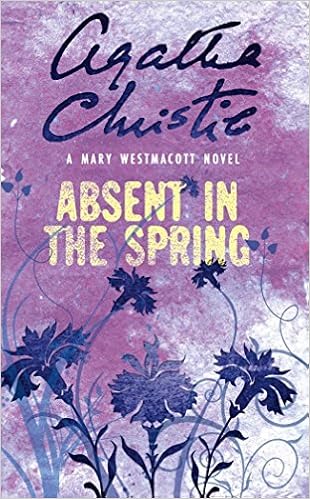 |
| Part of my collection |
It’s been a couple of years since I compiled an official summer
reading list (see 2021’s here), but of course that doesn’t mean I haven’t
been reading…a lot. This summer, even though I haven’t created a summer reading
list, I have spent quite a few of my reading hours continuing what I call my “Agatha
in Order” reading project. I own most of her books in inexpensive paperback
editions because I started collecting them many years ago.
Murder as a comfort read?
It started back in October of 2020, when I wrote about
celebrating 100 years of Agatha Christie. I reread The Mysterious Affair at Styles, the first novel Christie published and the first appearance of
Christie’s famous sleuth, Hercule Poirot. I decided I’d reread the entire
Christie cannon in the order the books were published. Since there 66 crime
novels and I am doing this simply for pleasure, I put no deadline on the
project. I’ve been doing it slowly, in between and alongside other reads. Often
I read a few pages of my latest Christie just before going to sleep. Despite
the murders, the books are comfort reads for me—and they’re not gory or suspenseful
in a too-stimulating way.
I’m not doing this for any other reason than I think it’s
fun. I’m not comparing and analyzing her early and later work, or doing
anything more than escaping to England (or ancient Egypt, via Death Comes as the End). The novel I’m reading now is set in fall and I’m envious of the
brisk temperatures and changing leaves described in Murder After Hours
(also known as The Hollow).
This project also helps me feel closer to my mom, as she was
a great Christie fan and introduced me to the books when I was a teenager. (
The pleasure of becoming a completist
There is such a thing in the reading world as becoming a “completist”—one
who reads an author’s complete works. There’s satisfaction in doing so—I’ve
managed it for a couple of authors in addition to Christie. I’ve also completed
reading a particular series by an author, such as the Harry Potter books, or
Patricia Wentworth’s Miss Silver mysteries. I still want to read more Wilkie
Collins, and I only have Jane Austen’s juvenilia to read to finish her entire
body of work. Maybe I’ll
start a list of other authors whose complete works I’d like to finish.
But before I do that, I’ll continue to wend my leisurely way through the world of Agatha Christie.
One whodunit at a time.
Are there any authors you’d like to complete? Is there
another summer project you’re making progress on? Please share in the comments!
*It may seem late in summer to write about a “summer” reading
project, but keep in mind that in central Florida, summer lasts until at least
the end of October.








.jpg)


